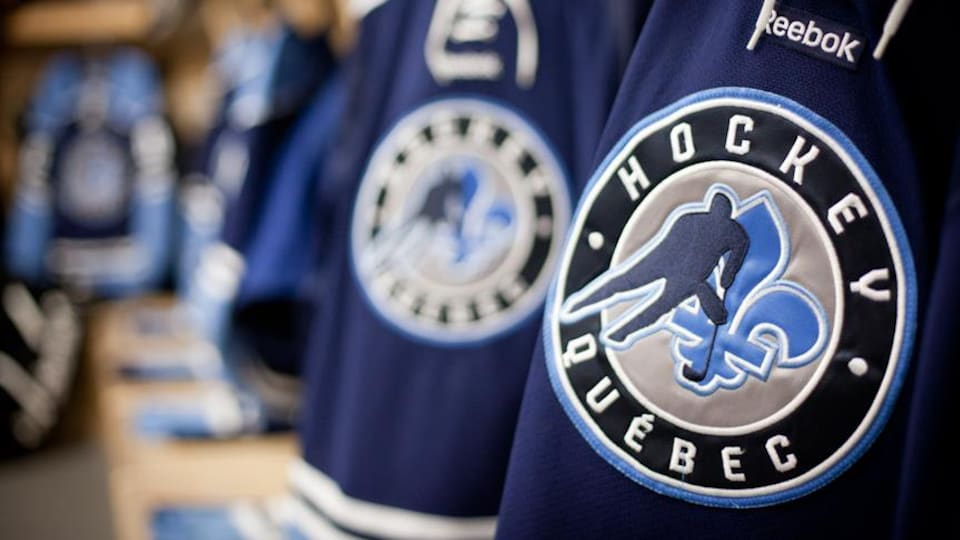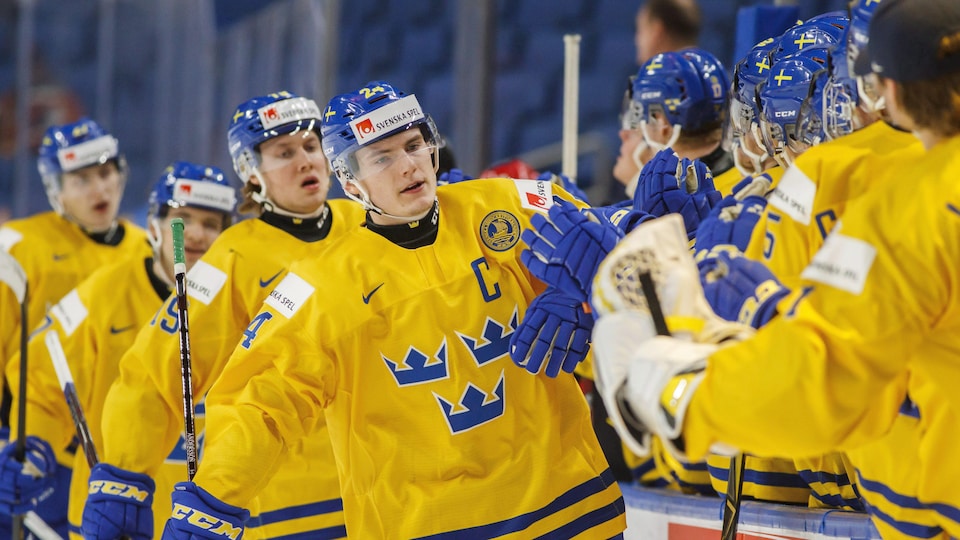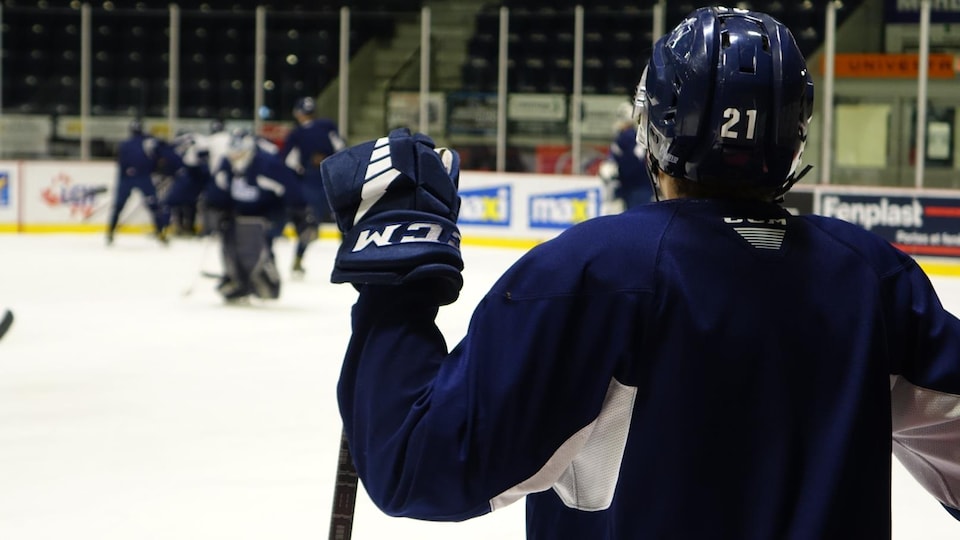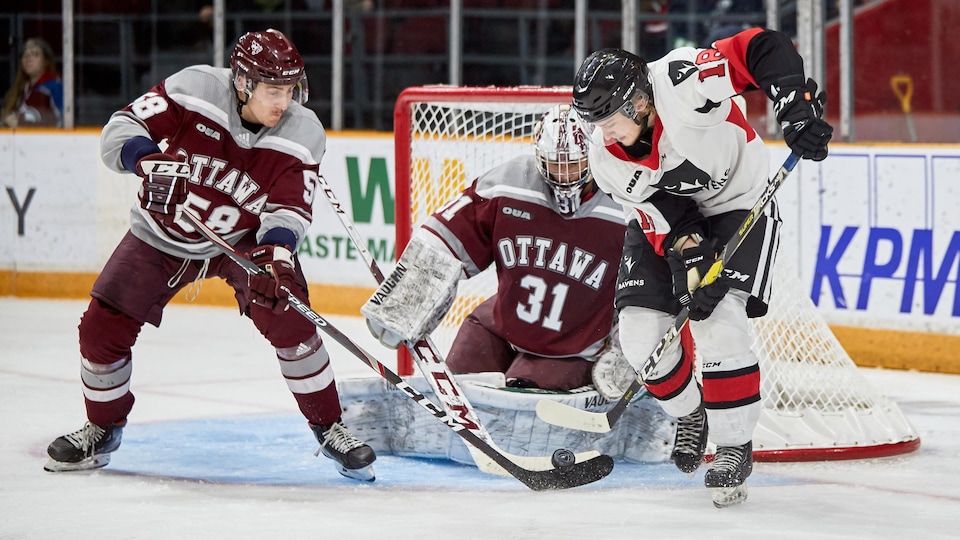It’s not easy to summarize or find the standard thread in a report that includes 60 recommendations and 184 courses of action. And it’s probably less obvious for Hockey Quebec to apply it.
By the end of November 2021, less than a year from the election, François Legault was surprised to form a committee of 15 personalities responsible for looking after the future of Quebec hockey.
The Prime Minister’s approach is surprising because the management of hockey is not the responsibility of the government. And especially since a week ago, after a very rigorous hiring process, Hockey Quebec presented its new general manager, Jocelyn Thibault, who should have the freedom to undertake the modernization of Quebec hockey.
Moreover, the Prime Minister’s Committee, whose members act voluntarily and almost all have full-time jobs, has to face a very tight deadline. They only have four months to conduct consultations, reflect on the operation of one of the largest hockey federations in the world and to formulate recommendations intended to improve the quality of the experience of young hockey players in Quebec.
The least we can say is that the committee members headed by Marc Denis did not skimp on numbers.
Initiation, retention, women’s hockey, cultural community, first people, junior hockey, university hockey, infrastructures, reduction in participation costs, tax credits, federation status, redesign of age groups, RSEQ staff … There are has few stones that have not been turned over.
And almost on every page, you imagine you hear the sound of the cash register. Where will the money come from to fund all these initiatives? Does a bantam AAA (M-15) coach really have to be paid full time?
Requests are not encrypted. Minister Charest acknowledged that this was so large financial commitments that need to be studied . Marc Denis stressed that the goal is not to pass the bill on to parents.
Suspense.
***
In reading this report, I thought of all the resources HQ had to mobilize a few years ago to implement a harmless change: half-ice hockey for novice hockey players (M-9).
Because when you manage a large federation, a lot of time inevitably passes between the moment when a good idea emerges and the moment when it applies to the ground.
For U-9 half-ice hockey, for example, pilot projects will have to be conducted in certain regions of Quebec for one or two seasons. These pilot projects were used to set up a program and implement rules that thousands of volunteers could apply for throughout Quebec.
Such volunteers also had to be trained in addition to giving the necessary time to local associations to get the famous removable strips used in dividing the rink into two. And I’m not talking about the necessary communication campaign to educate angry parents that their child as tall as three apples can’t play real hockey on an entire rink.
Jocelyn Thibault and her team in the federation will therefore need to establish priorities and long timetables in order to hope to carry out a good portion of the recommendations made to them.
***
That said, there are many good things in this document. There are also some themes that readers of this column have been familiar with for several years.
Introducing all children to ice skating in elementary school, for example, is a good recommendation. Not because it is really necessary to make every Quebecer a hockey player, but because it is a motor skill that must be acquired in the same way as swimming, running, jumping, cycling, catching the ball, kicking the ball, keep your balance and lark.
Ensuring that every minor hockey association can rely on the support of a full-time technical advisor, as recommended in the report, would be a big step forward.
The kind of kind person who ends up recognizing all the children of the association and recognizing the talents. The type of mentor who offers ongoing training and follow-up to coaches and assists them during the delicate period of team composition. The resource person is capable of solving small problems in the field that, otherwise, cause dissatisfaction or multiple calls to the federation headquarters.
I also especially enjoy the lamenting verses that children are categorized too quickly on their journey. According to the report’s authors, this creates an unhealthy elitist climate that leads to longer trips and additional costs for parents. And most importantly, pressure to perform for children and high dropout rates before the age of 13.
Among the recommendations aimed at prioritizing fun, we note the elimination of rankings and statistics up to and including the M-13 (pee-wee) category; limiting travel and creating calendars that are more respectful of the reality of families. These positive ideas are consistent with an observation made a few years ago by the leaders of the Swedish Hockey Federation.
Quebec’s demographics are changing and the need to make hockey more attractive for members of the cultural community, and more accessible for all families in Quebec, the committee also mentioned.
Every year, the Swedish federation sends an invitation letter, written in six languages, to several hundred thousand children. This is a fairly easy step to use. And if it’s possible for Swedes to offer a $ 200 hockey season to novice hockey players, there’s no reason to stop us from doing something similar at home.
***
The report also contains some eyebrow -raising recommendations.
Just as the government wants to consider Hockey Quebec as a special federation, to withdraw it from standardized programs and give it enough funding just for it. And most of all, that we are makes it compulsory to join Hockey Québec for all ice hockey activities, for everyone .
The protection of the good old monopoly re -emerged!
If this regulation existed ten years ago, Quebec hockey would probably be in a worse state today. For example, the school leagues that rocked Hockey Quebec and forced everyone to ponder the network’s shortcomings will never see the light of day.
Monopolies, by definition, are brakes on change. It’s also because we’ve killed change for a long time in Quebec so the report on the future of hockey has been mandated. The beauty of irony! The new leaders of Hockey Quebec are dynamic. Let’s take advantage of this. But the next ones may not be anymore. This special status can be a double -edged sword.
***
The report also recommends the development of three national development programs in Quebec: one for hockey, one for women and one for men in the U-18 category.
But surprisingly, the 17-year-old boys who will be part of Quebec’s national program are not the best players in their age group. It was actually about 17 year old players who failed to get on the roster of a QMJHL team.
Committee members believe that by taking advantage of the optimal supervision and support of the National Sports Institute (INS) and by playing against junior AAA and collegiate teams, these players can access the QMJHL at the age. and 18..
The 17-year-old client is relatively unsupervised in Quebec, it’s true. But it’s still surprising that we chose to create more structure rather than just force, for example, the Junior AAA League to play 17 -year -olds and give them enough support. Also, the INS mandate is to develop Olympians. Not QMJHL rookies.
***
Speaking about QMJHL, the report contains very few recommendations about it. However, it is at the heart of Quebec’s development structure.
This modesty is probably related to the fact that some committee members are closely associated or work within the Quebec major junior circuit. As if to touch up everything else, but not really the QMJHL.
However, the committee recommends that league teams be forced to adhere to a particular method of instruction when deciding to keep a 16-year-old player. So, they have no right to replace these young players (which should be obvious) and they have to commit to respecting a development plan and using them regularly throughout the season.
A small line also recommends checking the games/training ratio within the QMJHL.
***
Finally, the report emphasizes the importance of creating a real university network in Quebec for men’s hockey.
You’ve read this at least 100 times in this column: it’s not normal that the top of the pyramid of a federation with 85,000 to 95,000 members (depending on the year), is made up of only three groups of university men, including a French. speaker.
Once this request has been drafted (we already know that few universities intend to create programs), however, the committee does not answer the million -dollar question: what does it suggest to make this university network relevant?
There are already 35 college teams in Canada and NHL organizations can’t even see them play. Across the border, scouts spend their time in NCAA arenas.
The situation will not change if we just add three or four more teams.
University hockey needs to be a real part of Hockey Québec’s development strategy, at least in the same way as QMJHL, for such a revolution to happen. But don’t bet too hard on it.
In other words, congratulations to the committee members, who clearly worked and debated hard to produce this report. And good luck to Hockey Quebec employees, who have a full job ahead of them.
Source: Radio-Canada



